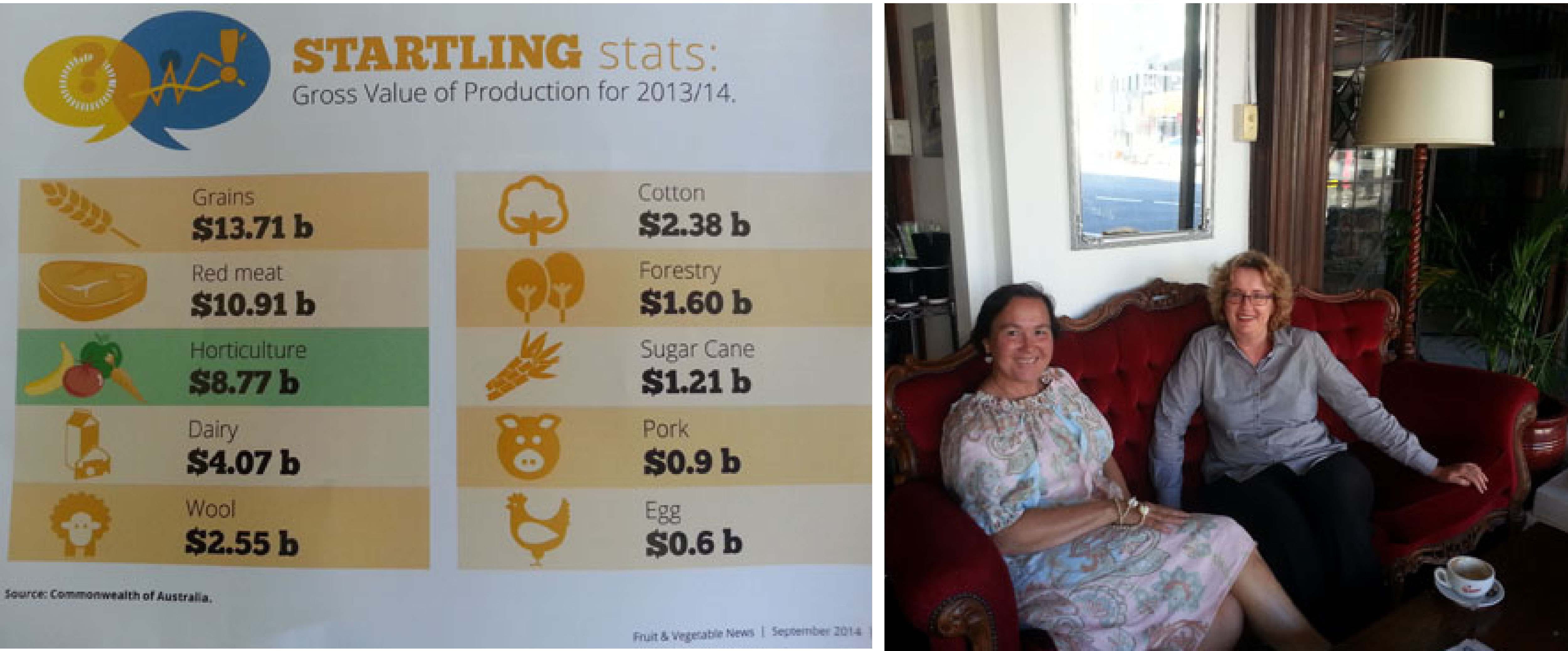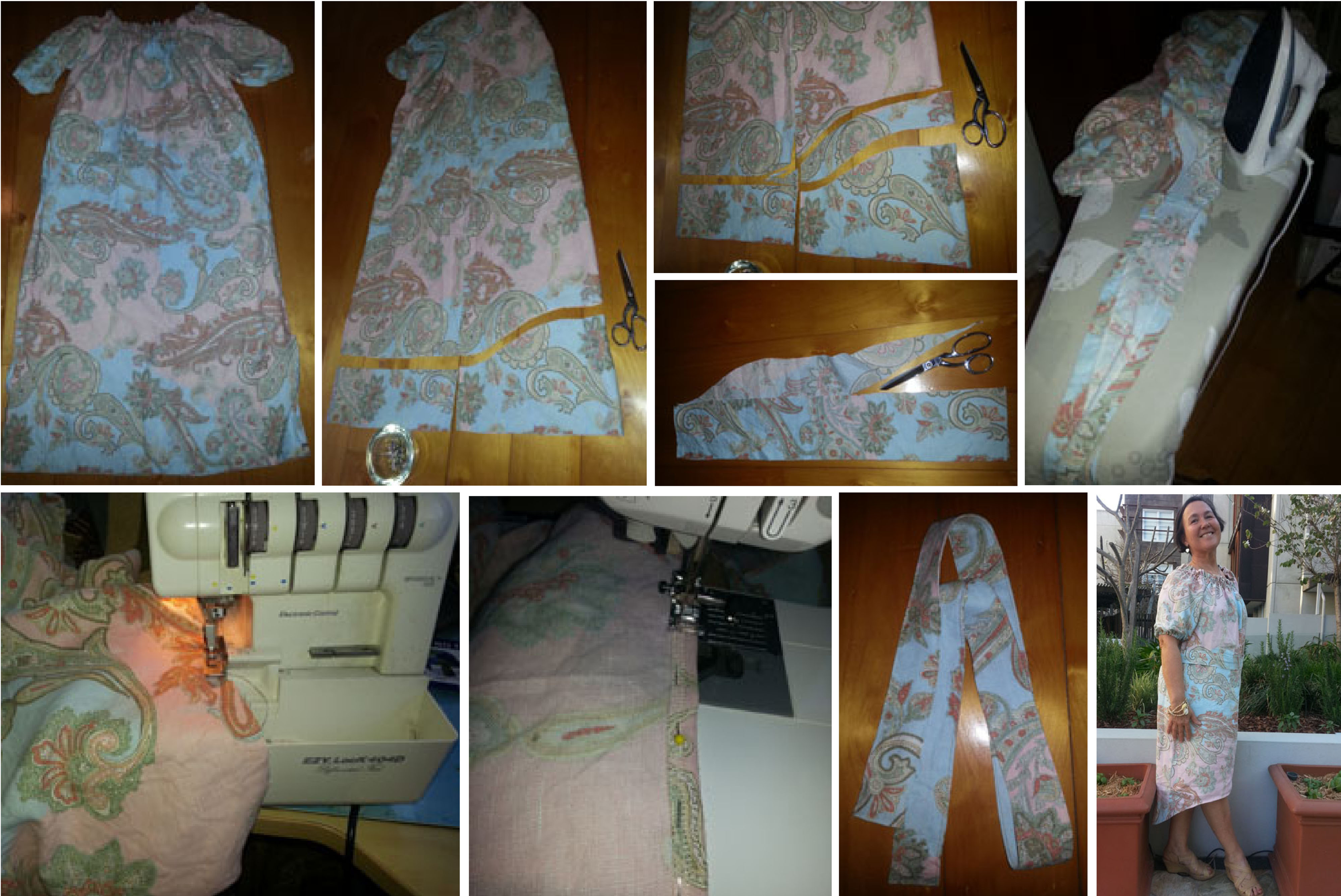 One of the interesting things about a 365-day project is that you are conscious of each passing day – and October means my Sew it Again year is three-quarters complete.
One of the interesting things about a 365-day project is that you are conscious of each passing day – and October means my Sew it Again year is three-quarters complete.
The six key learnings so far are:
- Two-thirds of clothing today is made of synthetic fibres, which are derived from petroleum. The other third is natural fibres (mainly cotton, but also wool, linen, silk)
- We each consume 80 percent more clothing than we did two-decades ago – annual individual consumption now 11kg per person compared with 7kg per person in 1992
- Based on UK statistics, nearly one-third of waste clothing ends up in landfill if it doesn’t become part of the global used-clothing trade or turned into rags
- Refashioning existing clothing is a way to bring home-sewing into the 21st century since making garments from scratch is mostly a thing of the past
- There is interest in refashioning but the limiting factors are a lack of time, lack of skills and confidence, lack of motivation or commitment
- Young people’s desire for individual, sustainable and ethical fashion is driving increasing interest in local refashioning of reject and waste clothing.
The project is about sustainable resource use and connecting the dots about where clothing comes from and of what it is made. Cotton and wool are the only natural fibres produced in Australia , and it was interesting to see how they rank in Australian agricultural production from the graphic below which I found in the Growcom magazine Fruit and Vegetable News.
Horticulture is right up there – and that would include coffee production – as enjoyed with my friend Chris Walker who edits the magazine and discovered the gorgeous Cafe Belson around the corner from Growcom’s Brisbane office. Hence the photos.
Which brings me back to the job at hand, upcycle 274. I made this dress a few summers ago and it needed a refresh. To do so, I recut the bottom (tried it on and recut it further) into a scooped hem and turned the off-cut into a belt-tie at the waist. I used the iron to speed and neaten the belt-making process (I so rarely iron, I included that image in the how-to pix below).

